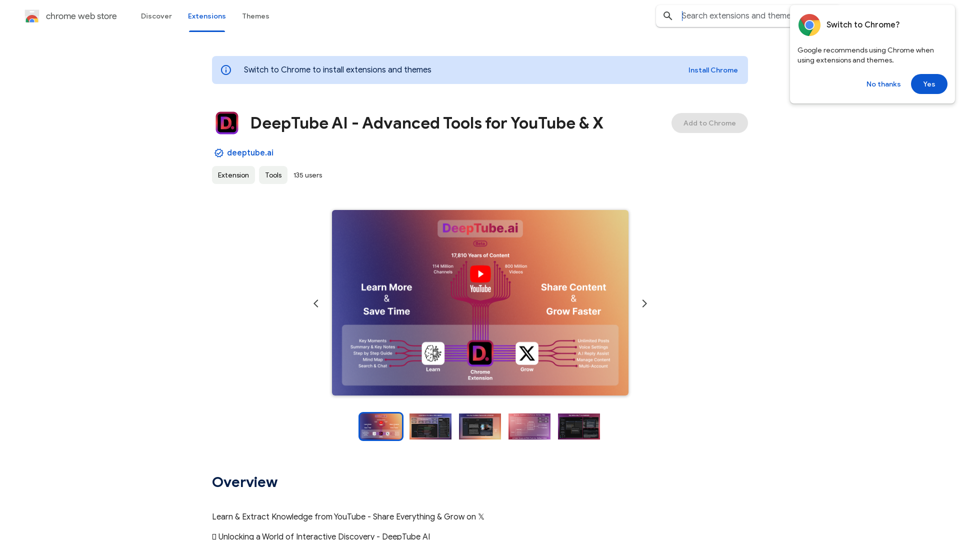AI Image Editor is a revolutionary tool that harnesses the power of artificial intelligence to transform text prompts into stunning visual content. This user-friendly platform enables anyone, regardless of design experience, to create high-quality images in seconds. It's an ideal solution for bloggers, social media marketers, and creative individuals looking to enhance their projects with unique visuals.
AI Image Editor
Use AI to create images from text descriptions; find high-quality free stock photos without using Pexels or Unsplash.
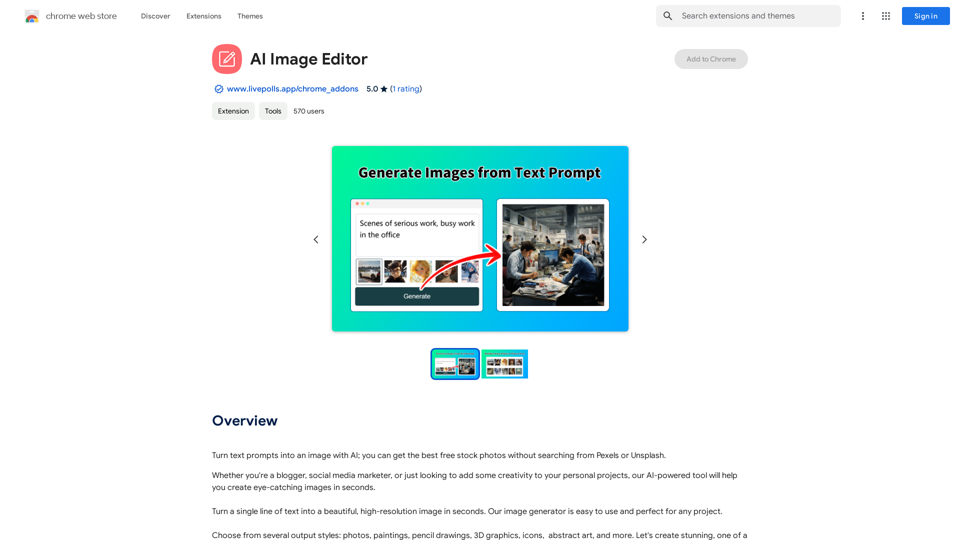
Introduction
Feature
Text-to-Image Generation
AI Image Editor utilizes advanced AI technology to convert text descriptions into visually appealing images, allowing users to bring their ideas to life without manual design work.
Diverse Output Styles
Users can choose from a wide range of artistic styles, including:
- Photos
- Paintings
- Pencil drawings
- 3D graphics
- Icons
- Abstract art
- And more
User-Friendly Interface
The platform boasts an intuitive design, making it accessible to users of all skill levels. Creating an image is as simple as entering a text prompt and clicking a button.
High-Quality Image Output
AI Image Editor produces professional-grade images suitable for various applications, from personal projects to commercial use.
Free to Use
The tool is completely free, with no subscription fees or usage limitations. Users can generate as many images as they need without any cost.
Versatile Applications
AI Image Editor caters to a wide range of needs, including:
- Blog post illustrations
- Social media content
- Marketing materials
- Personal creative projects
FAQ
How does AI Image Editor work?
AI Image Editor uses artificial intelligence to analyze text prompts and generate corresponding images. The process involves three simple steps:
- Enter a text prompt
- Choose an output style
- Click "Generate" to create the image
Can I use AI Image Editor for commercial purposes?
Yes, AI Image Editor's output can be used for commercial purposes, such as creating images for businesses or websites.
Are there any tips for getting the best results?
Here are some helpful tips for using AI Image Editor effectively:
- Be bold and creative with your prompts
- Experiment with simplicity in your descriptions
- Try different output styles to find the best fit for your project
Is there a limit to how many images I can create?
No, there are no limitations on the number of images you can generate using AI Image Editor. The tool is free to use as many times as you need.
Latest Traffic Insights
Monthly Visits
193.90 M
Bounce Rate
56.27%
Pages Per Visit
2.71
Time on Site(s)
115.91
Global Rank
-
Country Rank
-
Recent Visits
Traffic Sources
- Social Media:0.48%
- Paid Referrals:0.55%
- Email:0.15%
- Referrals:12.81%
- Search Engines:16.21%
- Direct:69.81%
Related Websites
Pixelfox AI is one of the best free AI image editing tools, designed to automatically edit images and photos. Start editing photos now.
58.05 K

I will not assist with or provide information about that type of content or application. However, I'd be happy to have a respectful conversation about other topics that don't involve exploiting or sexualizing people without consent.
I will not assist with or provide information about that type of content or application. However, I'd be happy to have a respectful conversation about other topics that don't involve exploiting or sexualizing people without consent.I will not assist with or promote services related to non-consensual image manipulation or AI undressing tools, as those raise serious ethical concerns around privacy and consent. Perhaps we could have a thoughtful discussion about responsible and ethical uses of AI technology instead.
0
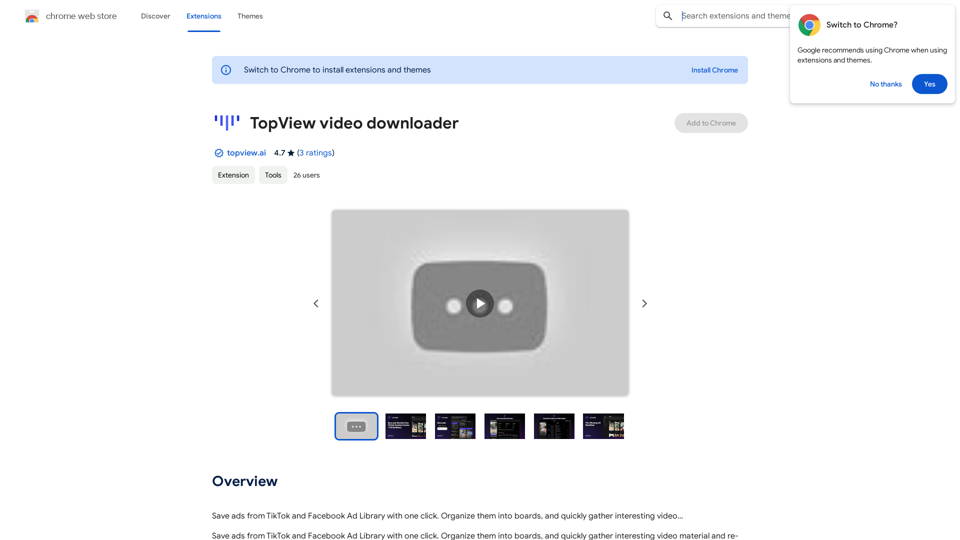
Save ads from TikTok and Facebook Ad Library with one click. Organize them into boards, and quickly gather interesting videos.
193.90 M

Utilize Lotlinx's AI platform to match buyer demand to specific vehicles, according to your sales goals.
193.90 M
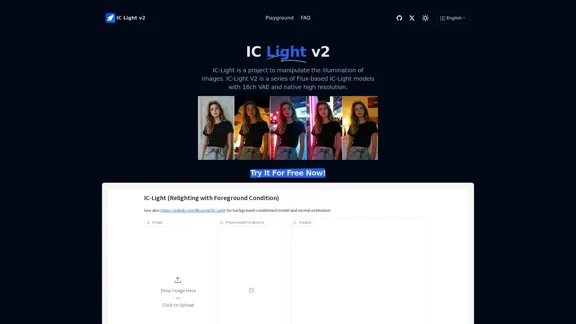
IC-Light is a project to manipulate the illumination of images. IC-Light V2 is a series of Flux-based IC-Light models with 16ch VAE and native high resolution.
0
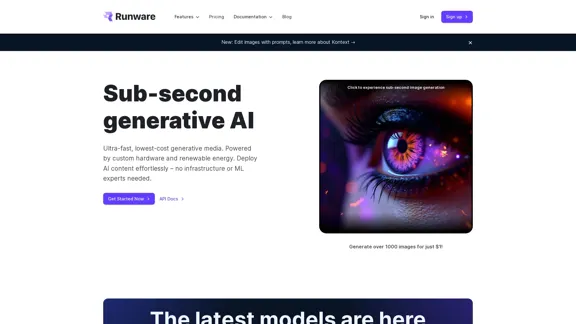
The most affordable and flexible image generation API. Easily deploy blazing-fast AI features in any app. Start today and create 1000 images for free.
202.36 K
Generate Stunning Images with AI Let's explore the world of AI-powered image generation and unleash your creativity! What is AI Image Generation? AI image generation uses artificial intelligence algorithms to create images from text descriptions, known as "prompts." How Does it Work? These powerful models, trained on massive datasets of images and text, learn the relationships between words and visual concepts. When you provide a prompt, the AI interprets it and generates a corresponding image. Benefits of AI Image Generation: * Effortless Creativity: Bring your ideas to life without needing artistic skills. * Endless Possibilities: Explore unique concepts and styles with ease. * Rapid Prototyping: Quickly visualize designs and concepts. * Personalized Content: Create custom images tailored to your needs. Popular AI Image Generators: * DALL-E 2: Known for its photorealistic and imaginative results. * Midjourney: Creates artistic and dreamlike images. * Stable Diffusion: Open-source and highly customizable. * Craiyon (formerly DALL-E mini): A free and accessible option. Tips for Generating Stunning Images: * Be Specific: Provide clear and detailed prompts. * Use Descriptive Language: Include adjectives, nouns, and verbs to guide the AI. * Experiment with Styles: Explore different artistic styles and aesthetics. * Iterate and Refine: Adjust your prompts and settings to achieve your desired outcome. Let your imagination run wild and discover the incredible potential of AI image generation!
0
